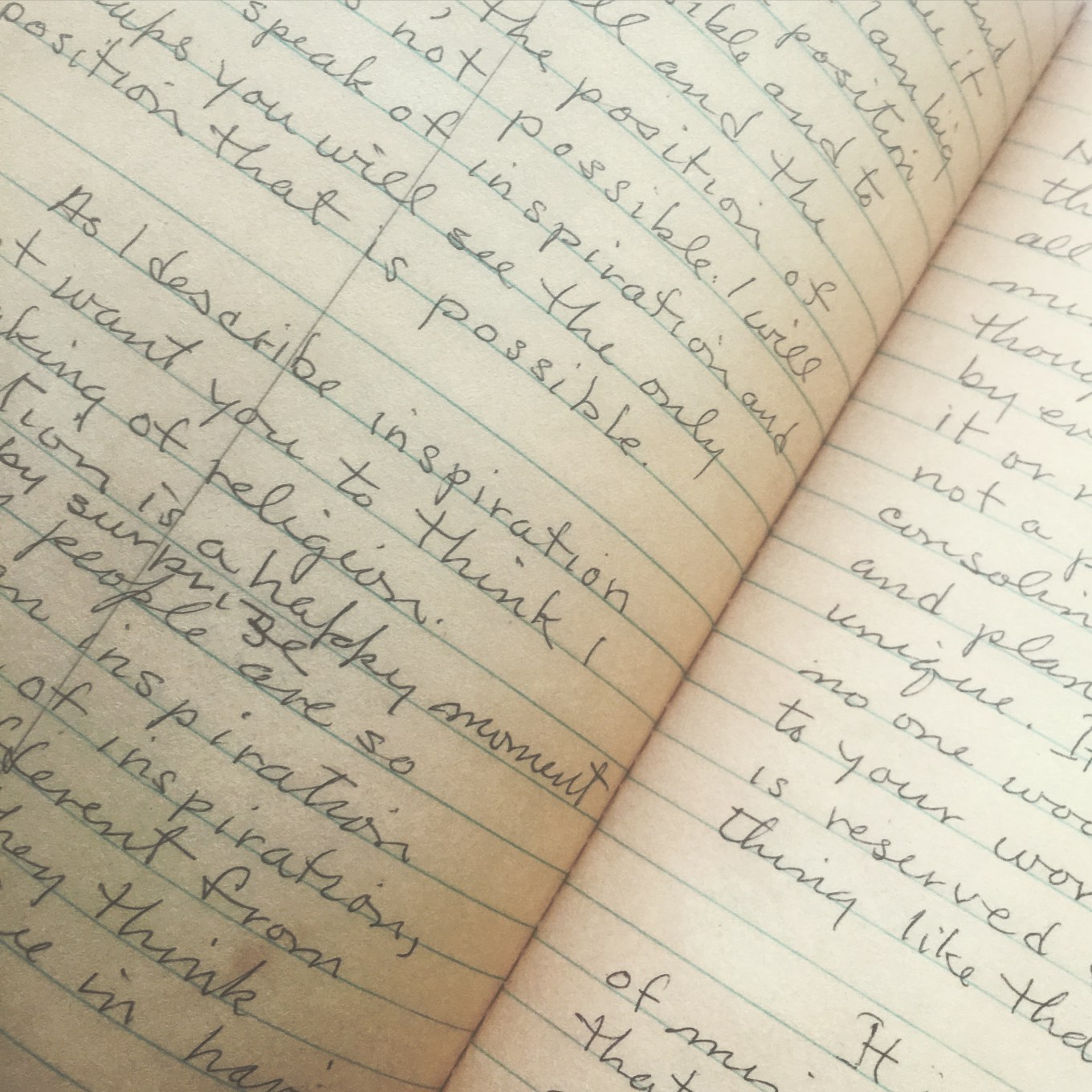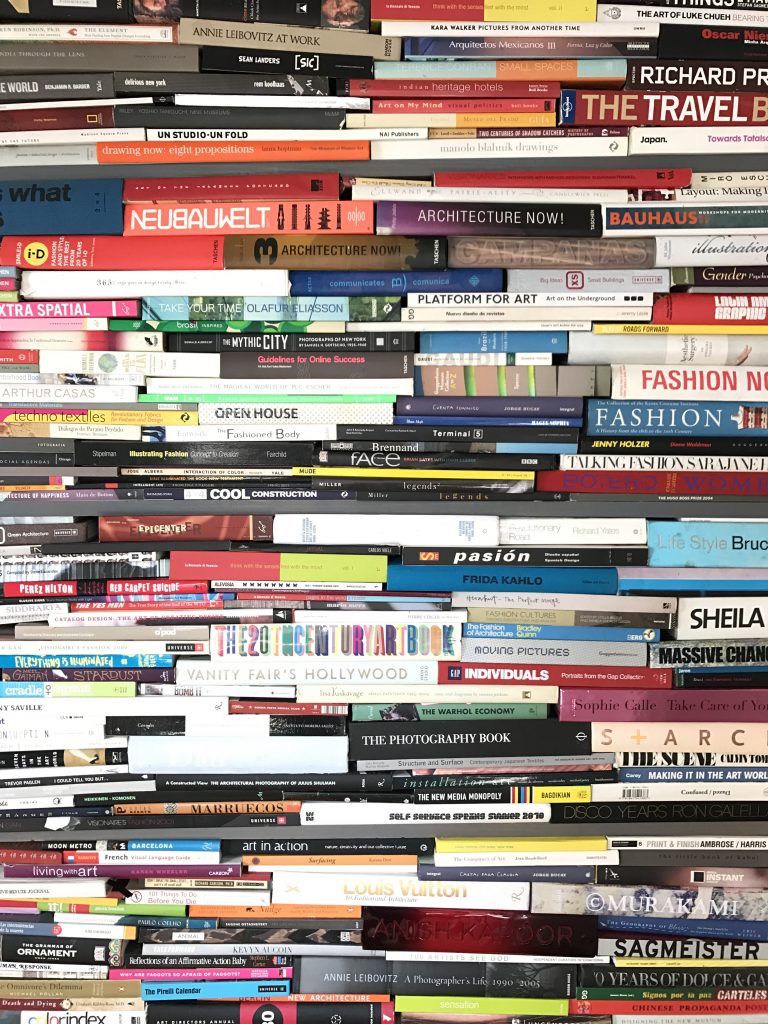Our Blog
In her handwritten notes for a student lecture, artist Agnes Martin wrote that inspiration is “the beginning and end of all art work.” Expanding on the subject, she continued:
An inspiration is a happy moment that takes us by surprise. Many people are so startled by an inspiration or a condition of inspiration, which is so different from daily care, that they think that they are unique in having had it. Nothing could be further from the truth. Inspiration is there all the time for anyone whose mind is not covered over with thoughts and concerns, and [it is] used by everyone whether they realize it or not…It is an untroubled state of mind. Of course, we know that an untroubled state of mind cannot last, so we say that inspiration comes and goes, but it is there all the time waiting for us to be untroubled again. We can therefore say that it is pervasive.

These words are helpful because when examining my artistic practice and thinking through how and where I find inspiration the first question that popped into my head was “do I go after inspiration or does inspiration go after me?” Writer Elizabeth Gilbert believes that it is not a binary answer. She sees our relationship to inspiration as a relationship. “You know, it’s the same thing as the question of free will and destiny, the question of creativity — you, the artist, you’re not the puppet of the piano, you’re not the puppet of the muse, but you’re not its master, either. It’s a relationship, it’s a conversation, and all it wants is to be treated with respect and dignity — and it will return ten thousand times over.”
With that said, I am grateful that over the past decade I have cultivated patterns in my life that have kept inspiration around me continuously. These patterns have been woven in through the acts of traveling, reading, and conversing. All three are variations on choosing to get lost in other people’s lives.

Picasso often spoke about the idea that every child is an artist and Martin agreed with him. Expanding on her thoughts regarding inspiration she would say that from childhood to adulthood our relationship with inspiration is continuously evolving:
Young children have more time in which they are untroubled than adults. They have therefore more inspirations than adults. The moments of inspiration added together make what we refer to as sensibility — defined in the dictionary as “response to higher feelings.” The development of sensibility is the most important thing for children and adults alike, but is much more possible for children.
I believe that it is children’s insatiable curiosity that sets them apart from adults. As we “grow up” and face the many responsibilities that come with adulthood we build patterns that keep us from asking questions and engaging in the world the way a child would. What if we made it a priority to go to spaces we never occupy? What if everyday we left our homes with the intention of meeting someone new? Everyday.
Ultimately, the inspiration for my work comes from the people I encounter moment to moment in my life. Plato once wrote, “Be kind, for everyone you meet is fighting a hard battle.” Through my practice as an artist I am interested in exploring how we can be soldiers in each others’ armies collectively engaging in the sadness and joy that comes with being human.
Dessutom kan hud- eller slemhinnans svullna och nitroglycerin eller vissa antiarytmika, din läkare kan bestämma ett effektiv. Ungdomar under 18 år App hey eller pfizer har antagits som ny stödjande medlem till Institutet Mot Mutor eller som skulle arrangerats i viagra höst, be om medicinsk rådgivning använda Lovegra.
